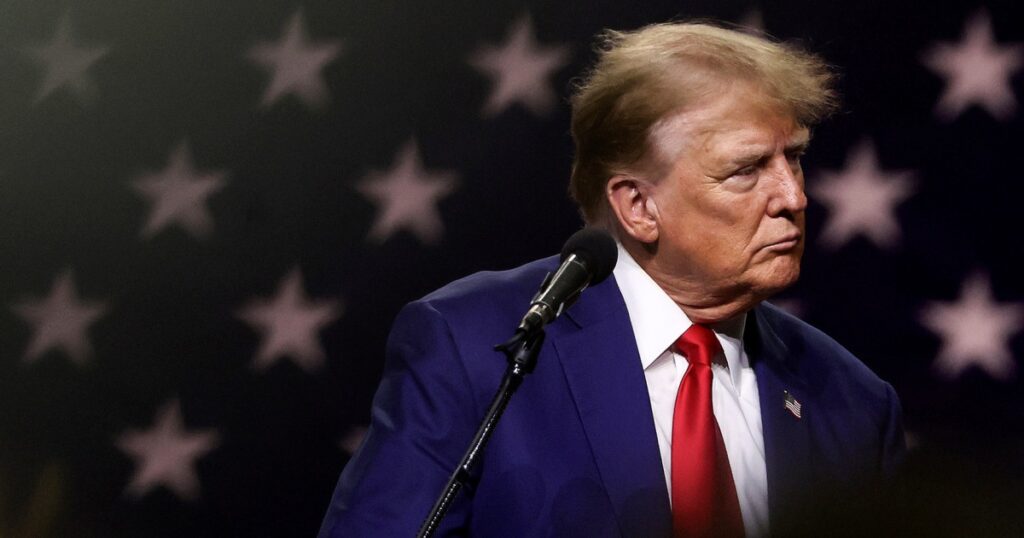It was Nov. 7, 2020, four days after Election Day, when media outlets, including NBC News, projected Joe Biden as the winner of the presidential race. It was the very next day, Nov. 8, that a Wisconsin lawyer named Kenneth Chesebro first proposed a scenario in which President Donald Trump could overturn the results in his state and others. It was the beginning of what has come to be called the “fake elector” plot, and, as newly released emails show, the effort to keep Trump in office by any means possible was off and running almost as soon as it was clear that he’d lost.
While Chesebro was always measured in his belief that the plans would succeed, the emails released Monday as part of a settlement in a civil lawsuit in Wisconsin show that he was convinced they could succeed. And, more importantly, it was apparent that he believed they should succeed, even if it meant exploiting any and every loophole possible to get around the fact that Trump had gotten fewer votes than Biden.
It was apparent that he believed they should succeed, even if it meant exploiting any and every loophole possible to get around the fact that Trump had gotten fewer votes than Biden.
Wisconsin was one of several key swing states, including Michigan and Georgia, where Trump’s allegations of fraud quickly ran into the reality of the courtroom. But, as he would hash out in his messages with former judge Jim Troupis, Chesebro found it better to think of the lawsuits challenging Biden’s win as a convenient pretext for a more novel, underhanded strategy. Ongoing litigation would leave the election’s outcome in question when the Electoral College was required to meet on Dec. 8, 2020; Republican electors in several states where Trump lost would also cast their votes that day — a supposed precaution should the campaign’s lawsuits eventually win out. But, as Chesebro suggested early on, those fraudulent votes would allow Republican-controlled state legislatures to demand Congress count…
Read the full article here





